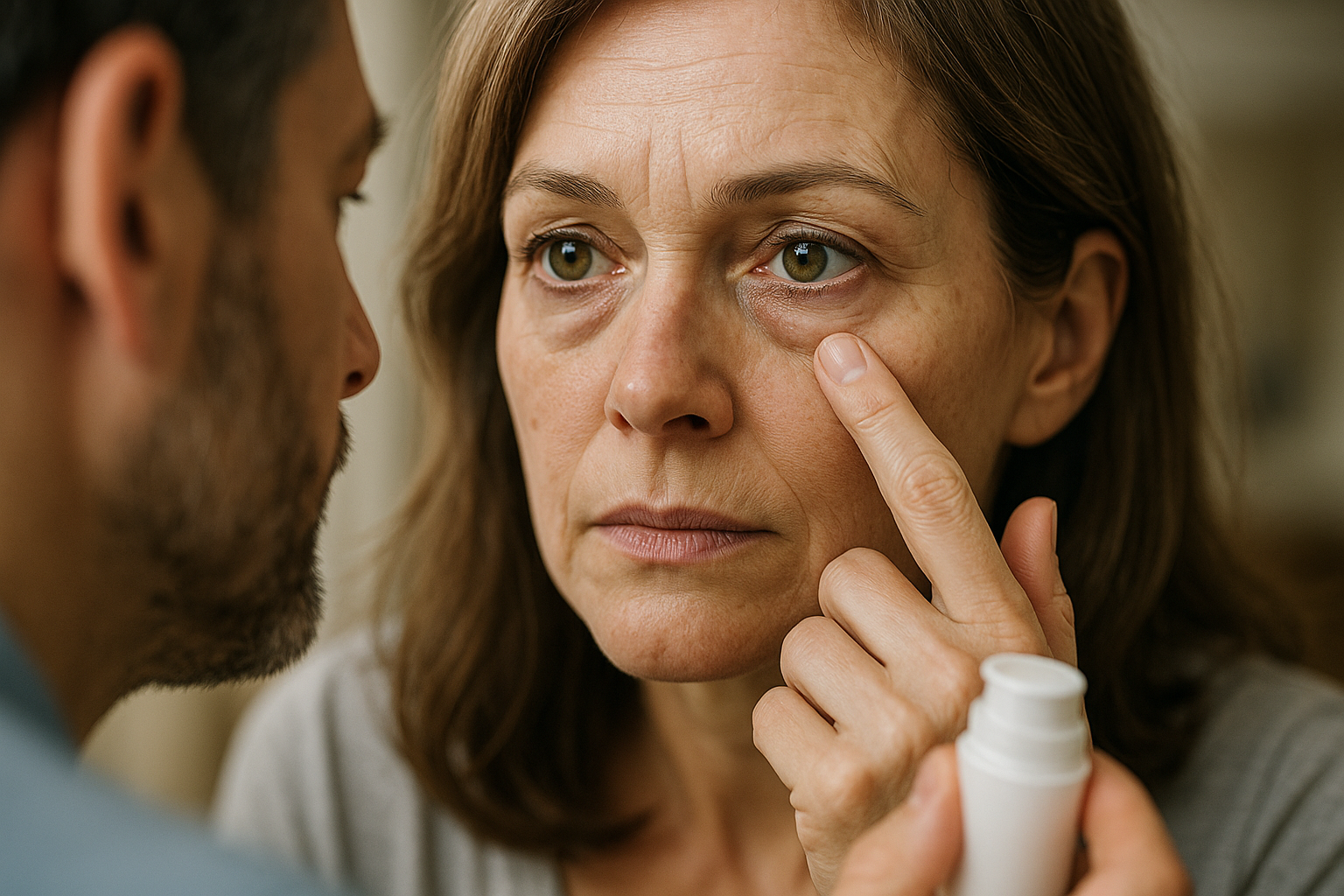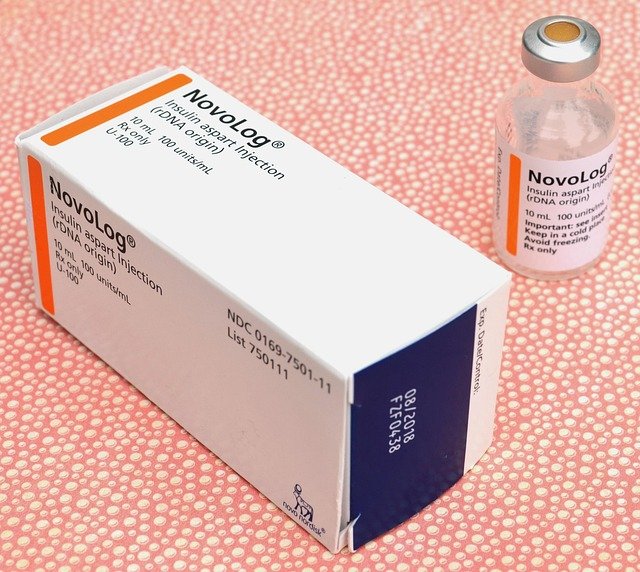Comprehensive Guide to Genital Psoriasis: Understanding Symptoms, Care, and Relief Options
Genital psoriasis is a challenging and often overlooked form of psoriasis that affects sensitive areas of the body. This comprehensive guide aims to shed light on this condition, offering valuable insights into symptoms, triggers, care methods, and relief options. By understanding genital psoriasis better, individuals can take proactive steps towards managing their symptoms and improving their quality of life.

What are the early signs of genital psoriasis?
Recognizing the early signs of genital psoriasis is crucial for timely intervention and management. Common symptoms include redness, itching, and scaling in the genital area, including the pubic region, upper thighs, and buttocks. Unlike typical psoriasis patches, genital psoriasis may appear smoother and less scaly due to the moisture in these areas. Patients may also experience discomfort during urination or sexual activity. It’s important to note that these symptoms can be mistaken for other conditions, making professional diagnosis essential.
What triggers genital psoriasis flare-ups?
Understanding the common triggers and risk factors behind genital psoriasis flare-ups can help in managing the condition effectively. Stress, hormonal changes, and certain medications can exacerbate symptoms. Friction from tight clothing or sexual activity may also trigger flare-ups. Additionally, individuals with a family history of psoriasis or those with compromised immune systems are at higher risk. Environmental factors such as cold, dry weather or excessive heat and humidity can also contribute to flare-ups. Identifying personal triggers is a crucial step in developing an effective management strategy.
How should sensitive skin in genital areas be cared for?
Expert insights on sensitive skin care methods are essential for managing genital psoriasis. Gentle cleansing with fragrance-free, pH-balanced products is recommended to avoid irritation. Pat the area dry instead of rubbing, and apply moisturizers specifically designed for sensitive skin. Wearing loose, breathable cotton underwear can help reduce friction and moisture buildup. It’s crucial to avoid harsh soaps, scented products, and aggressive scrubbing, which can worsen symptoms. Regular moisturizing and protecting the skin from excessive moisture are key components of an effective care routine.
What relief options are available for genital psoriasis?
Exploring relief options and lifestyle adjustments is crucial for managing genital psoriasis effectively. Topical treatments, such as low-potency corticosteroids or vitamin D analogs, are often prescribed for short-term use. However, these must be used cautiously in genital areas due to the skin’s sensitivity. Non-steroidal topical medications like tacrolimus or pimecrolimus may be recommended for longer-term management. Phototherapy, under careful medical supervision, can also be effective. Lifestyle adjustments, including stress reduction techniques, dietary changes, and regular exercise, can complement medical treatments and help manage symptoms.
How can lifestyle changes impact genital psoriasis management?
In Worldwide, managing genital psoriasis often involves a holistic approach. Many patients find relief through dietary modifications, such as reducing inflammatory foods and increasing omega-3 fatty acids. Stress management techniques like meditation or yoga have shown promising results in reducing flare-ups. Regular exercise not only helps in stress reduction but also improves overall health, potentially lessening the severity of symptoms. Some individuals have reported benefits from using natural remedies like aloe vera or oatmeal baths, though it’s crucial to consult with a healthcare provider before trying any new treatment.
What are the most effective treatment options for genital psoriasis?
When it comes to treating genital psoriasis, a tailored approach is essential. Here’s a comparison of some common treatment options:
| Treatment | Provider | Key Features | Cost Estimation |
|---|---|---|---|
| Topical Corticosteroids | Prescription | Quick relief, short-term use | $10-$50 per tube |
| Vitamin D Analogs | Prescription | Less irritating, safer for long-term use | $50-$100 per tube |
| Tacrolimus Ointment | Prescription | Non-steroidal, suitable for sensitive areas | $100-$200 per tube |
| Phototherapy | Medical Facility | Targeted treatment, minimal side effects | $100-$300 per session |
| Systemic Medications | Prescription | For severe cases, oral or injectable | $500-$5000+ per month |
Prices, rates, or cost estimates mentioned in this article are based on the latest available information but may change over time. Independent research is advised before making financial decisions.
Genital psoriasis treatment requires a balanced approach, considering the sensitivity of the affected areas and the potential side effects of long-term medication use. While topical treatments are often the first line of defense, more severe cases may require systemic medications or phototherapy. The choice of treatment depends on the severity of symptoms, overall health, and individual response to different therapies. Regular follow-ups with a dermatologist or healthcare provider are crucial for adjusting treatment plans and monitoring progress.
In conclusion, managing genital psoriasis requires a comprehensive understanding of the condition, its triggers, and available treatment options. By recognizing early signs, implementing proper skin care routines, and exploring various relief options, individuals can effectively manage their symptoms and improve their quality of life. Remember, each case is unique, and personalized care under professional guidance is key to successful management.
This article is for informational purposes only and should not be considered medical advice. Please consult a qualified healthcare professional for personalized guidance and treatment.




